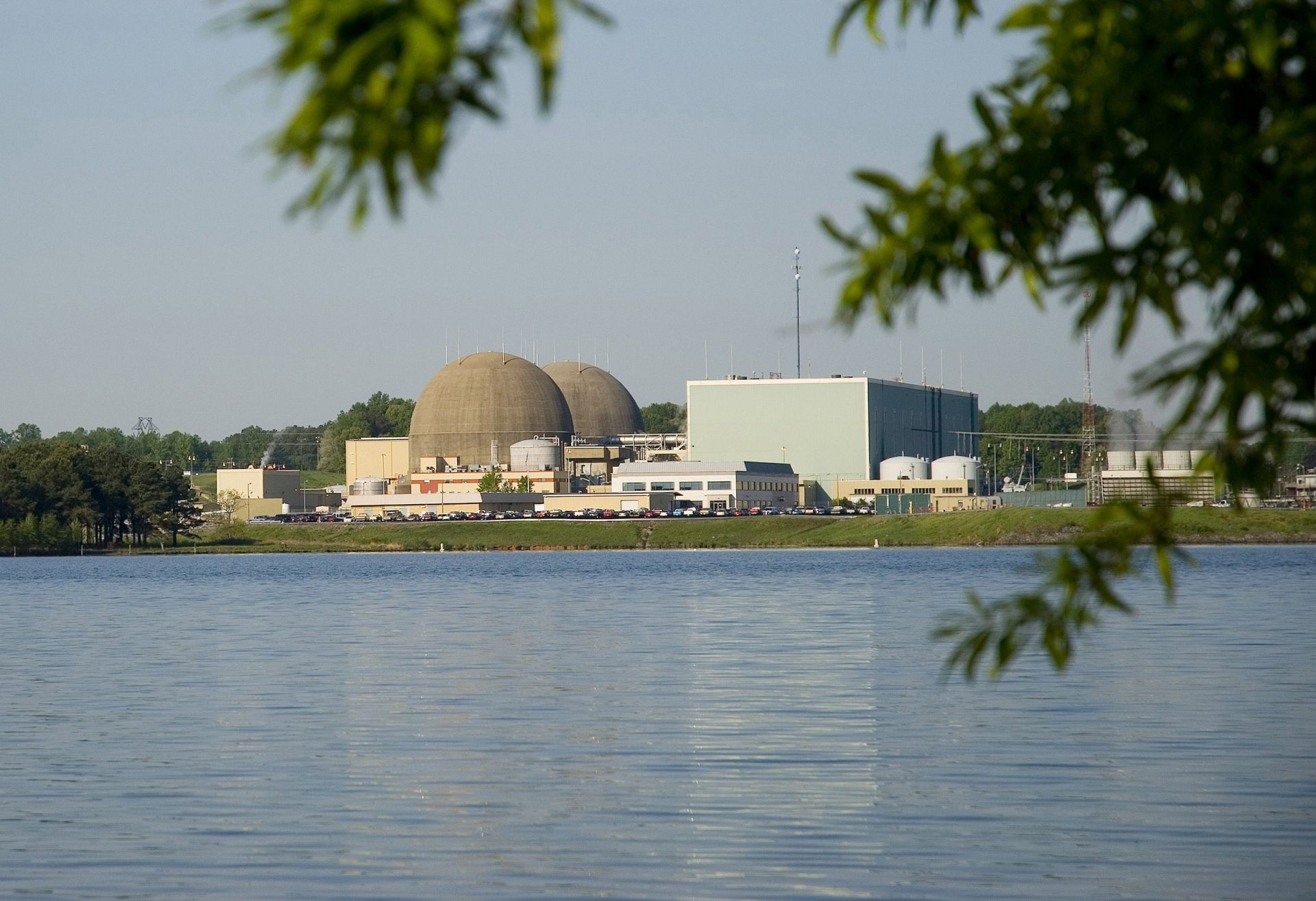ASLB adds conditions to Seabrook license amendment

An ASLB calls for closer scrutiny of concrete degradation at Seabrook.
An Atomic Safety and Licensing Board has rendered its decision on a challenge to a license amendment concerning concrete degradation—known as alkali-silica reaction, or ASR—at the Seabrook nuclear power plant, upholding the amendment but imposing four additional conditions. The board found the new conditions to be necessary to provide adequate protection of public health and safety, according to a September 11 Nuclear Regulatory Commission press release. (The ASLB is the NRC’s independent body charged with conducting adjudicatory hearings and deciding legal challenges to the agency’s licensing and enforcement actions.)
The challenge to NextEra Energy’s license amendment for Seabrook was brought in 2017 by the C-10 Research and Education Foundation, an opponent of license renewal for the New Hampshire facility, which houses one 1,248-MWe four-loop pressurized water reactor.







 Duke Energy Progress and Duke Energy Carolinas have filed their 2020 Integrated Resource Plans (IRPs) with state regulators, parent company Duke Energy announced September 1.
Duke Energy Progress and Duke Energy Carolinas have filed their 2020 Integrated Resource Plans (IRPs) with state regulators, parent company Duke Energy announced September 1. The Nuclear Industry Association (NIA), the trade group for the United Kingdom’s civil nuclear industry, unveiled a new report yesterday that sets out a framework for cutting the cost of building new nuclear power plants in Britain.
The Nuclear Industry Association (NIA), the trade group for the United Kingdom’s civil nuclear industry, unveiled a new report yesterday that sets out a framework for cutting the cost of building new nuclear power plants in Britain.



